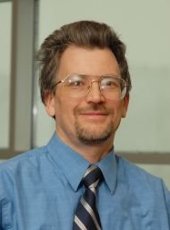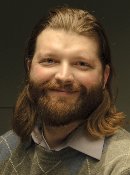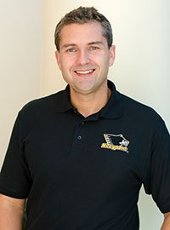
Aleksey Smirnov (GMS/EPSSI), is the principal investigator on a project that has received an $87,524 research and development grant from the National Science Foundation (NSF).
The project is entitled “Collaborative Research: Geomagnetic Field Strength and Stability Between 500 and 800 Ma: Constraining Inner Core Growth.”
This is the first year of a potential three-year project totaling $289,747.
By Sponsored Programs.
Extract
Earth’s magnetic field protects the planet from solar particles that would otherwise erode the atmosphere. Thus, the magnetic field is thought to be an essential factor ensuring long-term planetary habitability. Today, this geomagnetic field is powered by growth of the solid inner core. But thermal models suggest Earth has not always had a solid inner core; the time of the onset of inner core growth has ranged from 500 million to more than 2.5 billion years ago. This represents a fundamental unknown about the planet. Arguably the best way to investigate this question is to use “paleomagnetism”, the record of the ancient magnetic field trapped in rocks and crystals as they form. Such data have motivated the hypothesis that the geomagnetic field, and the magnetic shielding of the atmosphere from solar particles, almost collapsed 565 million years ago, but then the field slowly recovered. This event may record the birth of the solid inner core. This hypothesis will be tested through studies of rocks ranging in age from 800 to 500 million years old found in Australia, Canada and the United States. The collaborative work will involve a team of 5 scientists at 3 institutions (including an underrepresented minority and woman scientist), and will be integrated into education and outreach efforts at each university, including efforts to expand opportunities for first-generation and historically underrepresented individuals.







